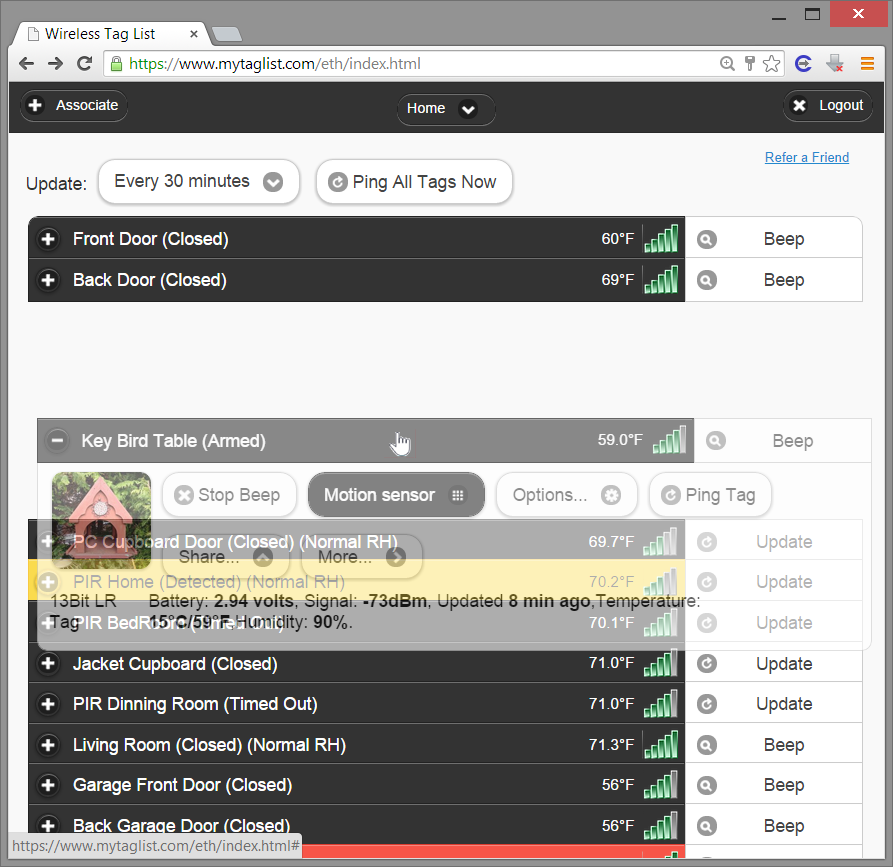We are pleased to announce that Nest Link is now working properly.
The problem was caused by the obscure "spec" of Firebase which only allowed a single user to authenticate in a given Firebase server even it appears that multiple instances of Firebase clients are created and isolated. Single user operation is a reasonable assumption for a mobile app, but it is definitely not reasonable assumption when Firebase releases a client for node.js which is used to develop a web server. This "spec" was not clearly described in Firebase documentation which caused confusion for other developers too.
So, until today, Nest Link was working only for the last user that used it, because Firebase node.js client only allows one user to be authenticated to a given server at any given time.
We have scrambled to replace the Firebase node.js client with our own that uses open standard REST streaming, which Nest also supports but with more limitations than with the native Firebase code.
Now we have confirmed that the Nest Link seems to be working simultaneously for everybody.
If you have given up on the Nest Link and associated KumoApp algorithms before, we encourage you to give them another try. No special step is needed to make this fix take effect on your side.



